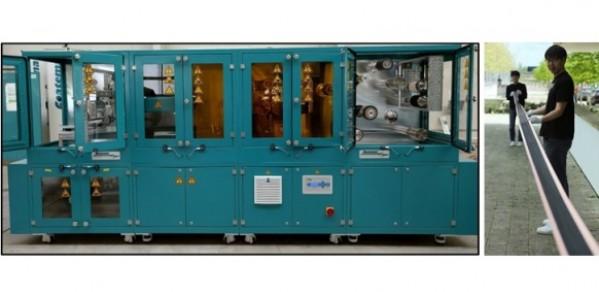The project titled Roll-to-Roll Manufacturing of Hierarchical Li-Ion Battery Electrodes will see Dr De Volder and his team, in the Department of Engineering's Nanomanufacturing Group, develop advanced nano and microstructures using a Roll-to-Roll continuous manufacturing process to help revolutionise energy storage and drive the transition towards electric vehicles in the European Union (EU).
The project will allow the controlled processing of nano and microstructures with new or improved functionality – at scale – as well as developing methods to fabricate complex battery electrodes for use in rechargeable lithium-ion (Li-ion) batteries.
Dr De Volder said: “Li-Ion batteries are important to support the EU’s strong automotive industry as it transitions to electric vehicles, and therefore, this project’s goal to scale-up the manufacture of smart Li-Ion battery electrodes will contribute to the EU economy as well as to the decarbonisation of our society.
“Our Roll-to-Roll manufacturing process allows for precise control over the particle flow and assembly to achieve better control over Li-Ion and electron transport than previously possible.”
Dr De Volder is also a member of the Faraday Institute’s FutureCAT and Degradation Programmes to develop next-generation cathodes for Li-Ion batteries as well as to understand their degradation. These grants will enable Dr De Volder and his team to develop cathodes that hold more charge and allow electric vehicles to travel further and last for longer.
Image: Left: Roll-to-Roll coating tool at the Institute for Manufacturing (IfM). Right: a 35-metre long anode coated on this machine.
Reproduced courtesy of University of Cambridge, Department of Engineering
